Whether you run a brick-and-mortar business, a home-based business, or you’re an independent
journalist and want to share real-world news with the world; regardless of your specific situation,
there’s something you’re absolutely going to need: a website.
Thanks to the World Wide Web, reaching your targeted audience has never been easier. When it comes
to building a website, there are two main options: hire a developer or do it yourself. Sure, having a pro
might be the easier way to go, but in order to get great results, you need to hire someone who can
deliver great results, which can cost a pretty penny – which, if you’re on a shoestring budget, probably
isn’t the best bet. The DIY approach is a more budget-friendly option, and fortunately, but if you don’t
have any experience developing a website, the idea of doing the job yourself might be a bit nerve
wracking (to say the least). Lucky for you, there are tons of outstanding tools available that are designed
to help even the most inexperienced website developers. Bootstrap and WordPress are two of the most
popular DIY website builders – and the options that we recommend for the best web design.
What’s the difference between Bootstrap and WordPress? Do they share any similarities? Which one
should you choose? To find the answers to these questions and more, keep on reading.
Bootstrap vs WordPress: Which is Better?
Asking which one is better isn’t really the right question, as comparing the two is kind of like comparing apples to oranges. Bootstrap is a design framework, while WordPress is a Content Management System (more commonly referred to simply as a “CMS”), which are two distinct things.
To clarify, let’s take a closer look.
The Framework
For front-end development, Bootstrap uses three standard web development languages: HTML, JavaScript, and CSS. With this framework, you can develop a super-responsive, mobile-friendly website with ease. With Bootstrap, regardless of how limited your knowledge on front-end development may be, you can build a dynamic and receptive website.
As mentioned, WordPress is a CMS. It’s used for the development of websites that are dynamic and have a friendly, blog-like style. While you can incorporate basic development languages, like HTML and CSS, overall, WordPress is a template framework that you can use to place elements of a blog onto a web page. There are dozens of extensions and plugins that you can use to incorporate other functionalities, too.
Which has a better framework? It’s a tie.
Ease of Use
You do need a bit more background with coding for Bootstrap, like CSS and HTML. You will also need to have a degree of understanding about Javascript. Due to the background knowledge that you’ll need to acquire, getting your site up and running with Bootstrap can take a bit of time – although there are shortcuts available such as using Bootstrap themes.
WordPress is truly for newbies, as it doesn’t require any previous knowledge to execute a theme, build your site, and get it up and running. It should be noted, however, that if you want to take total advantage of the themes that can be used on WordPress (there are literally countless options), you should take the time to learn the basics of HTML and CSS, because this knowledge will allow you to take your themes up a notch; however, it isn’t absolutely necessary, as you can build a website without a lick of background knowledge. Not only will it take you less time to startup a site and install WordPress, but it will also cost you less than with Bootstrap.
Which is easier to use? WordPress, hands down
User Experience
In regard to user experience, WordPress is the stand-out option. That’s largely because the WordPress community has devoted a great deal of time to making user experience as dynamic and friendly as possible. With that said, however, Bootstrap has a lot of potential, as it puts the control of the dynamics of your website in your hands.
If you’re designing a website that you mainly want to be used on a computer, WordPress is the better way to go. That’s because it displays a lot better on large screens, thanks to the templates, themes, and setups. Bootstrap, on the other hand, has a “mobile-first” framework, so if you want the display and function of your site to seamlessly transition between desktop and mobile, it’s the better way to go. The website builder offers delivers these capabilities without sacrificing the fundamental elements of your site’s experience.
Which offers a better user experience? Bootstrap for multi-platform use; WordPress for desktop use.
Bootstrap vs WordPress: Pros and Cons
A quick breakdown of the pros and cons of each and our recommendations for use are as follows
Bootstrap
For a website that can be used on multiple platforms with ease, Bootstrap is the way to go.
Pros
- Super customizable
- Vibrant user experience
- Can be adjusted to meet your unique needs
Cons
- Programming language knowledge required
- More time consuming
- More costly
WordPress
If you don’t want to build a site from the ground-up, mobile friendliness isn’t a priority, and you don’t have any background knowledge, WordPress is the way to go.
Pros
- No previous knowledge required
- Scalable
- Tons of templates, plugins, and extensions available
- Robust community
Cons
- Template offerings are limited
- Official support isn’t available

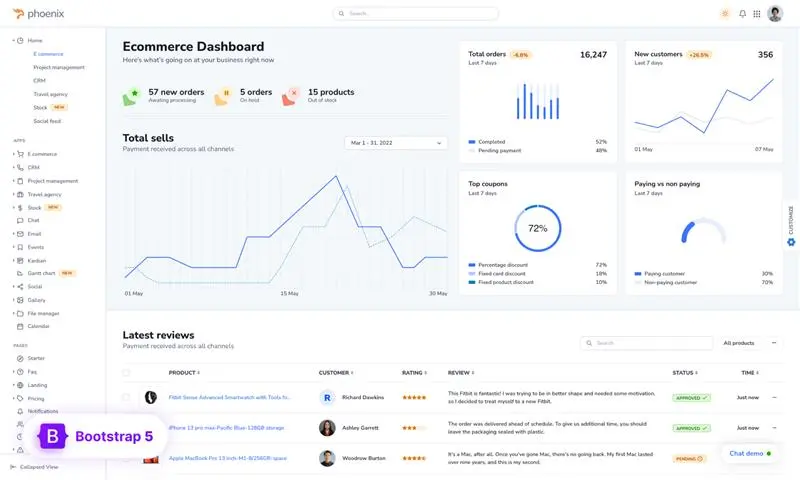
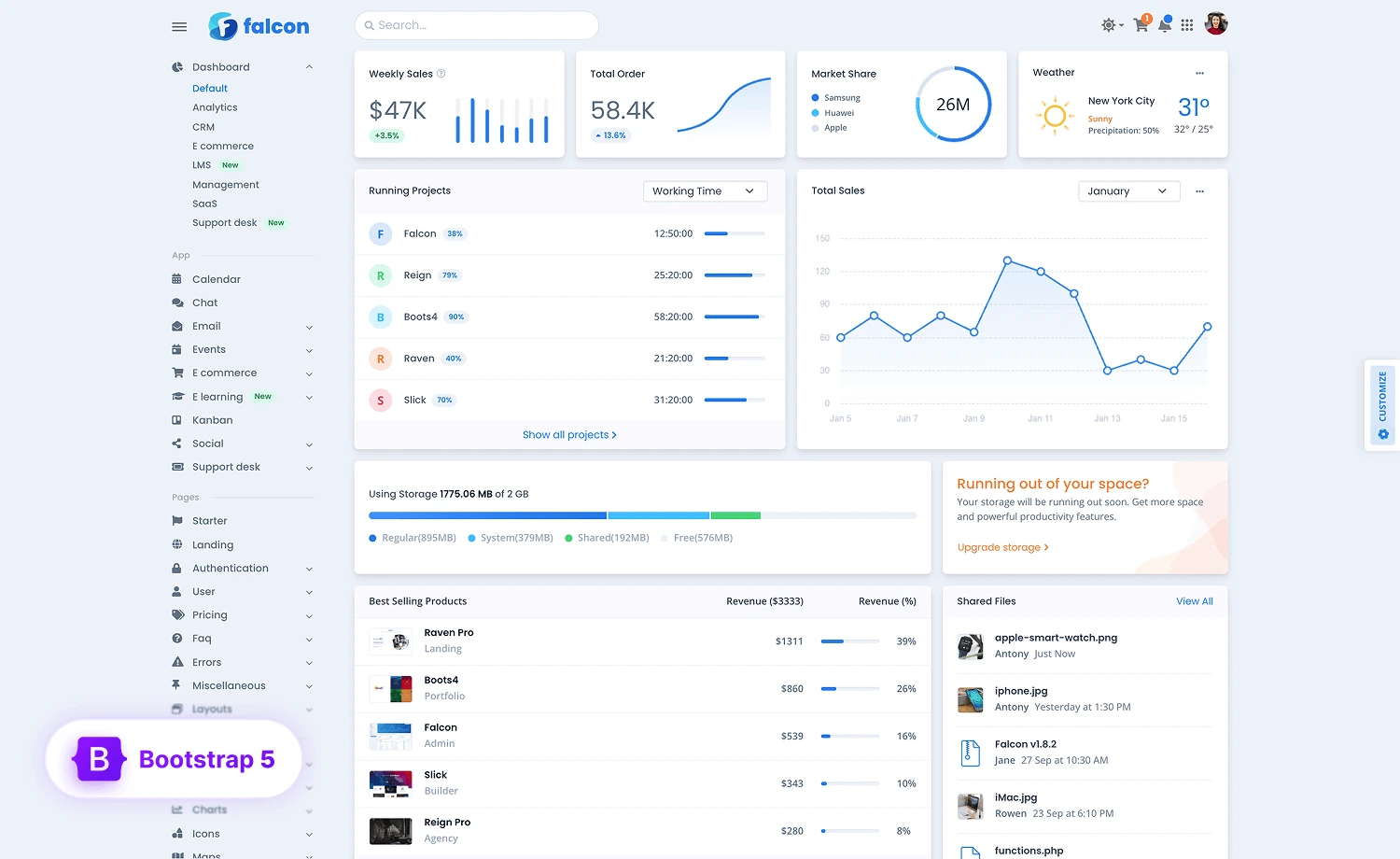
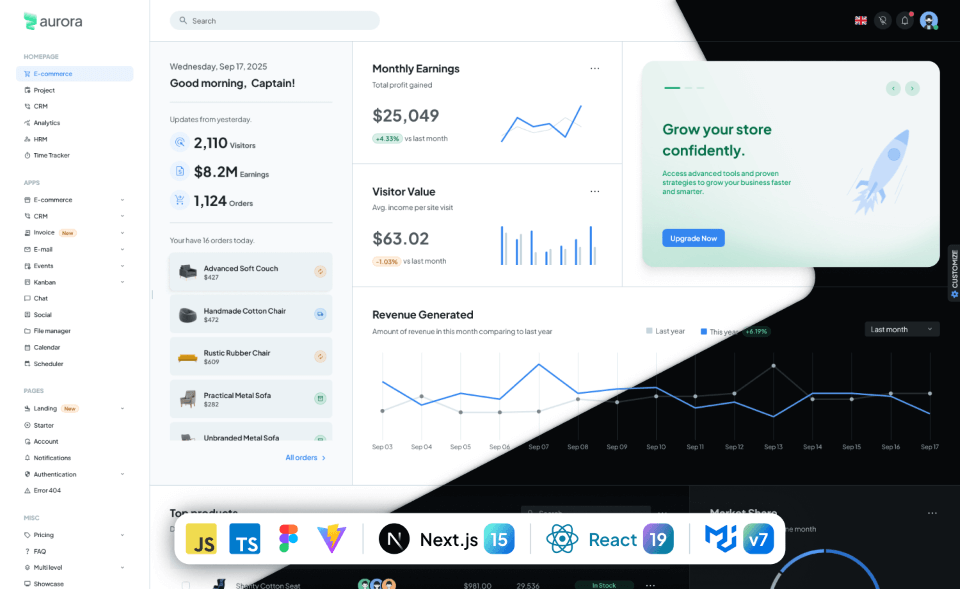
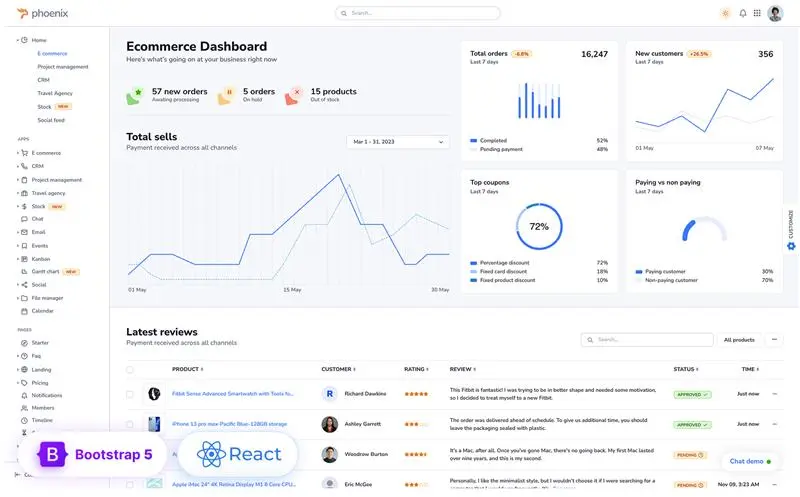
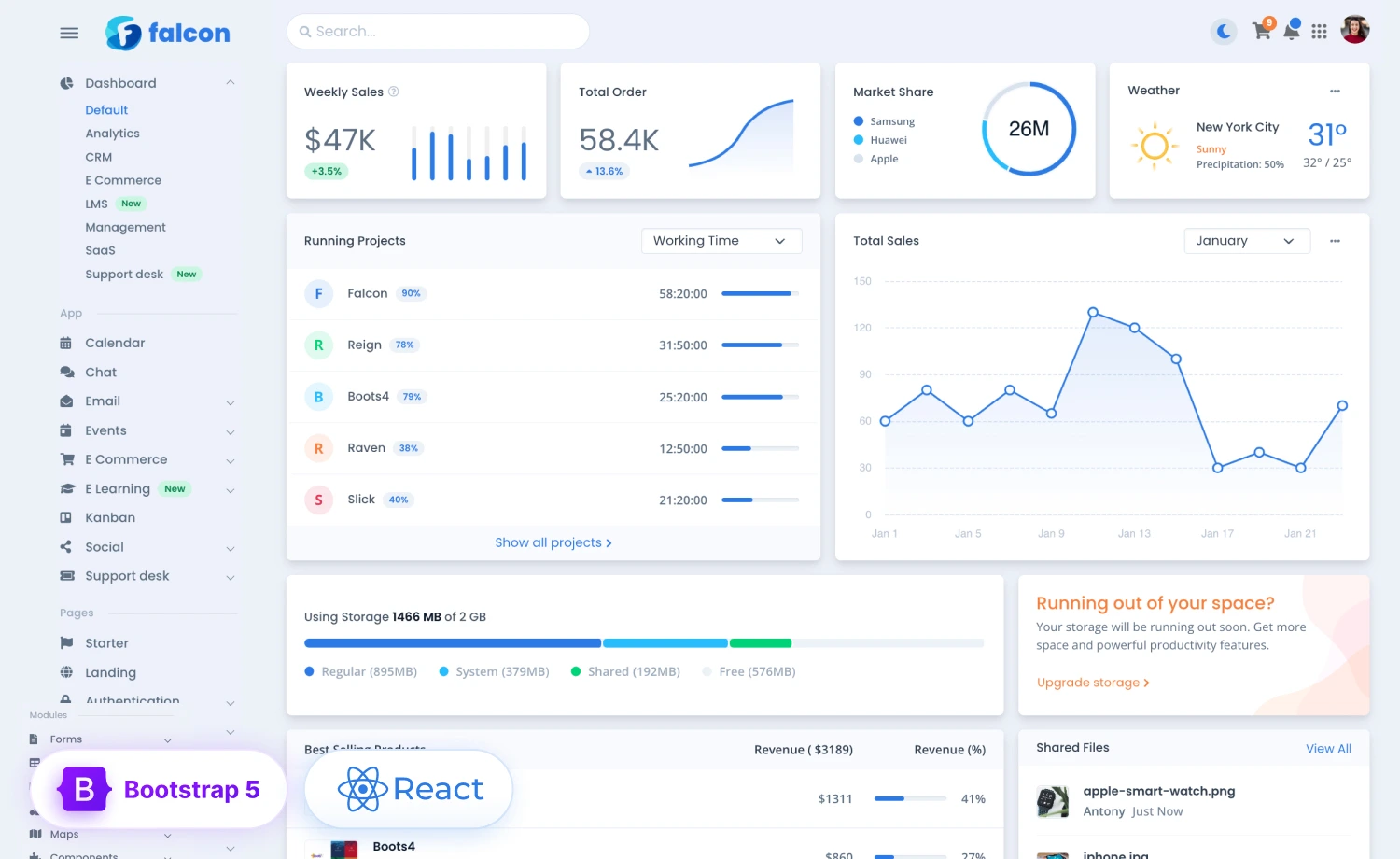
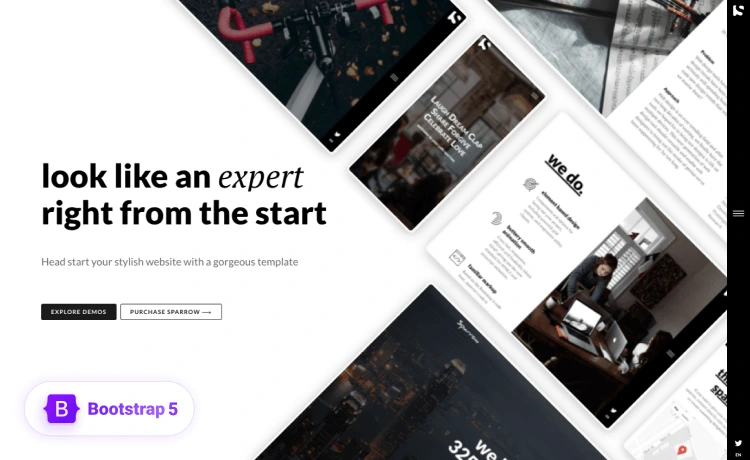
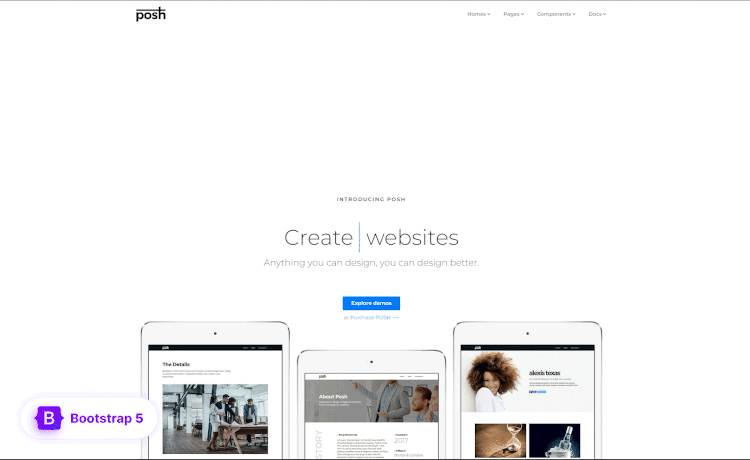
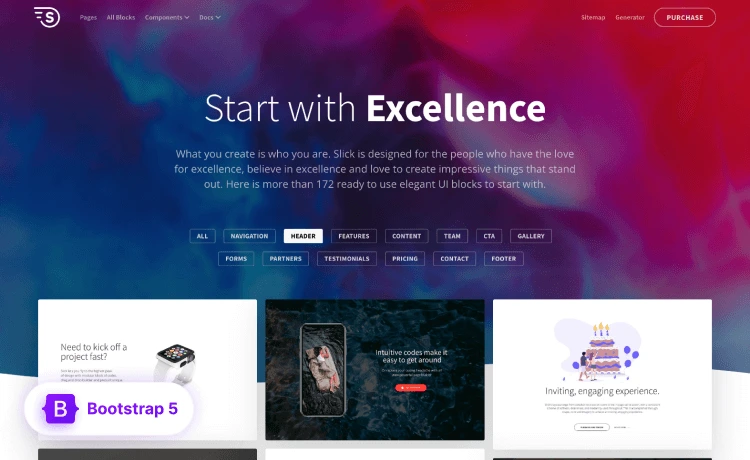

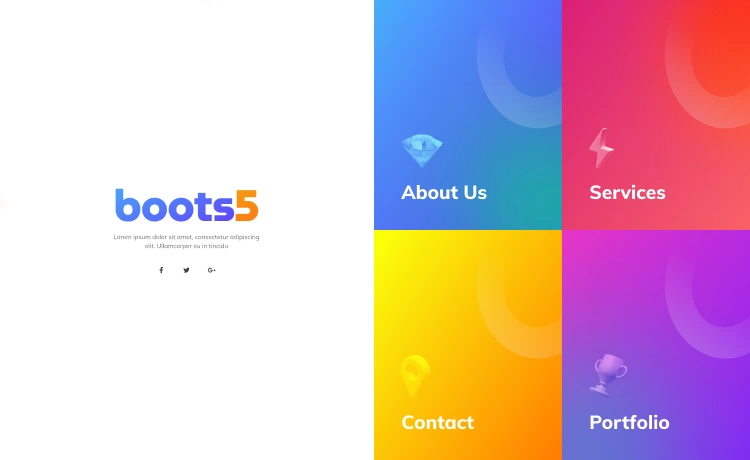

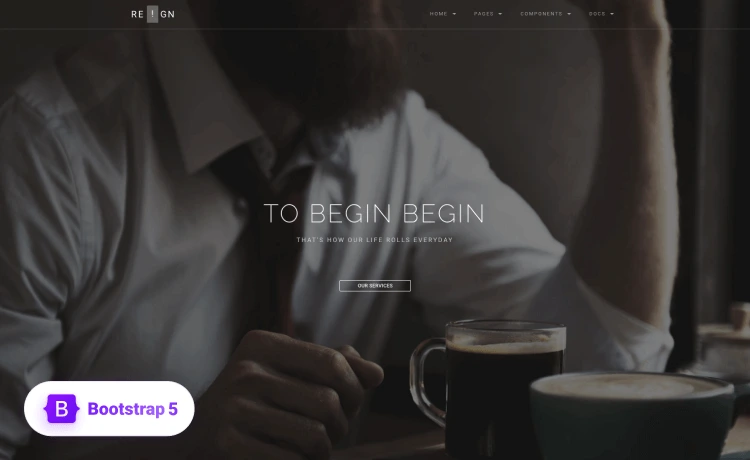
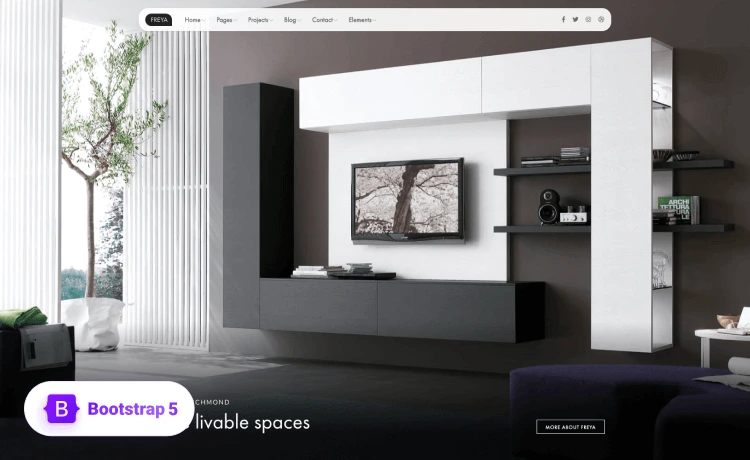
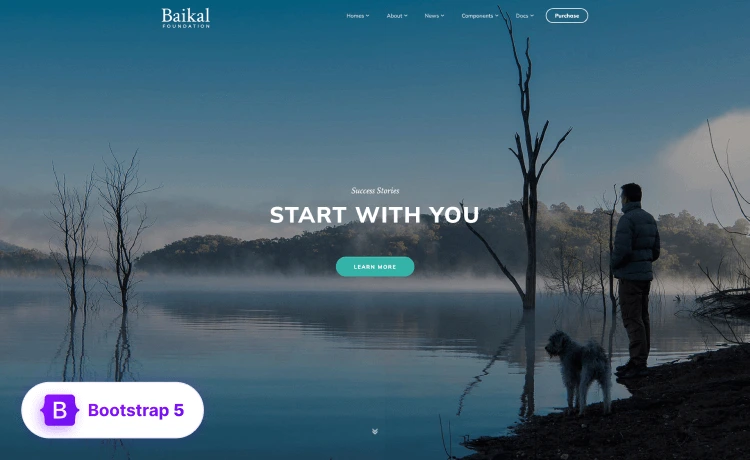
It’s great that you are sharing useful information. I enjoy reading your blog.